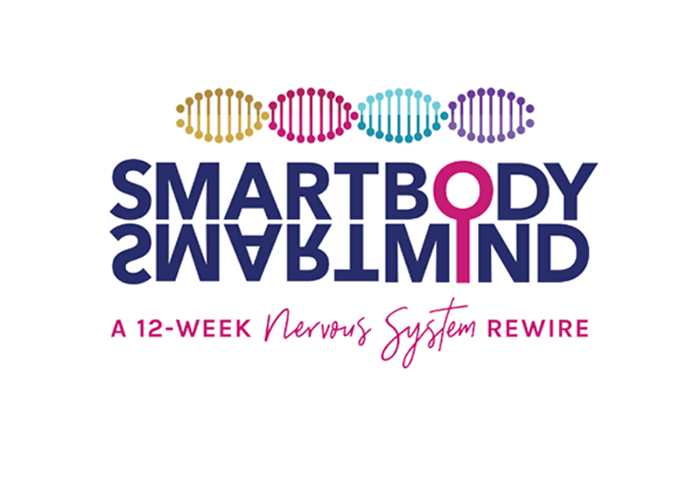This section addresses the following questions:
- When I’m orienting I notice my heart rate is fast, my belly is tight and my breathing is fast/anxious. Why might this be?
- It’s hard for me to stay focused when I orient. My mind easily gets distracted with thoughts. Do you have any suggestions on how to work with this?
- Why does this exercise make me nauseous?
- What do I do with pain that distracts me when I’m orienting?
- I feel resistance towards orienting. Is this normal?
- Is it possible to get triggered by these lessons?
- After orienting I felt a deep exhaustion, like a foggy sludge descended over me. Is it normal to feel so tired afterwards?
- I keep yawning, zoning out and catching myself going into dreamland.
- What is happening when I orient!? How is it that doing something so simple can stir up so much?
- I find orienting hard. Does this get easier with practice? Or do I need to do something different?
- How often should I orient?
Orienting is the single most important basic tool in this program, and for good reason.
Being simultaneously aware of both the environment and our internal response is something ALL mammals (except for us) do automatically and all the time except for when they are asleep. It’s an awareness we are supposed to have ticking away whenever we are engaged with the world. It’s a fundamental part of being alive, and yet so few of us know how to do it at all. Also for good reason.
This is because trauma and chronic stress happen in the environment. They happen in relation to people and things in our space. As a result, most of us learn very early on to either not pay attention to the environment because it’s too unsafe (resulting in things like clumsiness, being ‘accident prone’, and having a tendency to dissociate), or we pay attention to the environment in a way that is driven by hypervigilance (resulting in experiences like anxiety and chronic tension).
So can you see why slowing down and attempting to engage in a gentle, natural curiosity could bring up SO much?
Most of us have avoided doing this for our whole life because being relaxed, curious, and aware in our environment was not possible when we were kids and into later life. So, engaging with our self and our environment in this way, which was often NOT supported when we were young, or which was overwhelmed by sustained stress at some point, will invariably bring up the stress and trauma we experienced during those times when we lacked any support.
So, we may resist orienting at all or, if we try, we may check out into daydreams or distract ourselves with racing thoughts, get angry or irritated or anxious, feel nauseous or feel nothing at all, etc. These experiences happen because we are stirring up those old, stuck, body memories and emotions, and our system is trying to protect us from feeling all that again.
Sometimes there may also be very specific traumas that have to do with some sector of our environment, like we don’t want to look to the left because that’s where that bicycle came from that hit us, or I don’t want to look up and to the right because that’s where my father always stood, over my right shoulder, yelling at me while I tried to do my homework. Or, maybe we ALWAYS want to pay extra close attention to those sectors to keep an eye out for bicycles and angry fathers, and we miss the rest of our environment. There can also be physical pain and tension that build up from always avoiding or habitually going towards certain areas in our field of vision.
When we manage to do a bit of orienting to the safety around us, even a little bit is often a huge change for our nervous system, and afterwards we may feel nauseous, have a headache, or feel absolutely exhausted.
ALL OF THE ABOVE IS NORMAL 🙂
The only way out is through. We need to keep doing it in whatever bits we can manage, as often as we can manage it, even if that only means one minute a day to start. Remember, this is an awareness that we are supposed to have online all the time, unless we are asleep. It is a fundamental shift in our entire way of being in the world and in relationship to our environment, and that’s why it can bring up so much.
